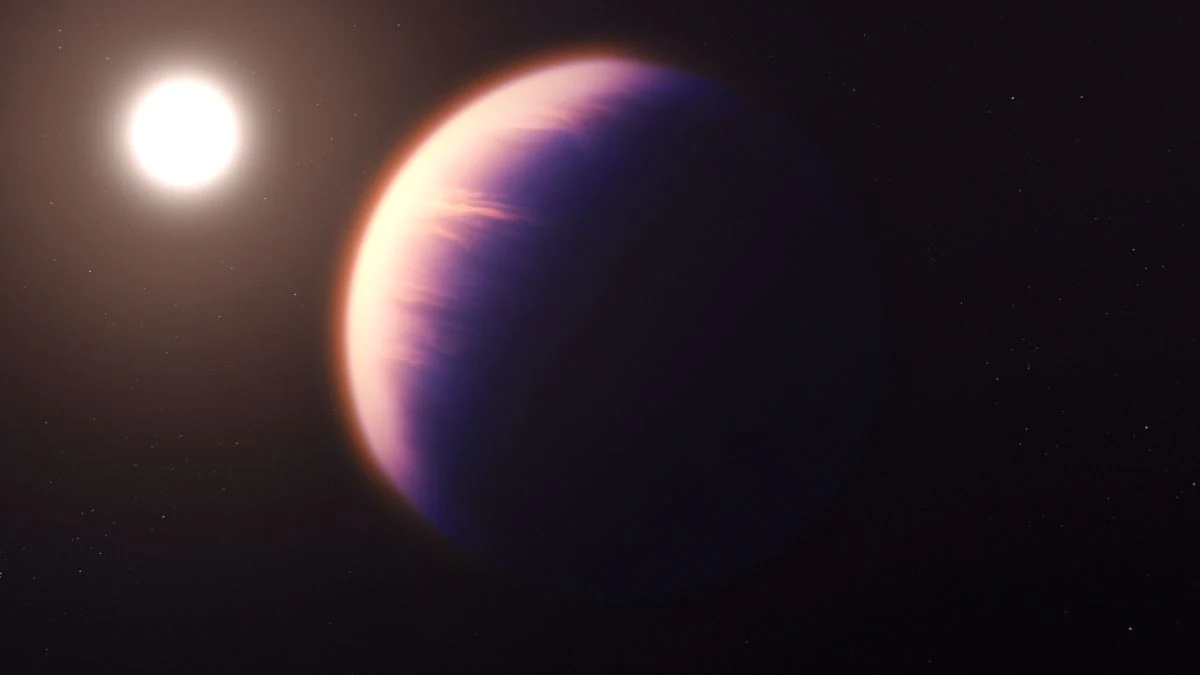For the first time, the James Webb Space Telescope has detected evidence of carbon dioxide in the atmosphere of a planet outside the Solar System. Evidence has been seen on the exoplanet WASP-39 b, which was discovered in 2011. Located about 700 light-years from Earth, WASP-39 b is a hot gas giant planet orbiting a Sun-like star. According to NASA, the discovery provides important insights into the formation and composition of the planet. Furthermore, it also suggests that the most powerful space telescopes may be able to detect and measure carbon dioxide in the thin atmospheres of small rocky planets.
To find out, the team of researchers used the Webb Space Telescope’s Near-Infrared Spectrograph (NIRSpec) instrument. They observed a small hill between 4.1 and 4.6 µm in the spectrum of the exoplanet’s atmosphere, which, So For the team, this was the first clear and detailed evidence indicating the presence of carbon dioxide.
“As soon as the data appeared on my screen, the massive feature of carbon dioxide captured me. It was a special moment, crossing an important threshold in exoplanet science,” said members of the JWST Transiting Exoplanet Community Early Release Science Team. Zafar Rustamkulov, who conducted this investigation.
Before this, no other observatory had measured the subtle differences in brightness of many different colors in the 3- to 5.5-μm range in the exoplanet transmission spectrum. This range in the spectrum is considered important for measuring the abundance of gases such as methane, water and carbon dioxide. These gases are known to exist on many different types of exoplanets.
According to Natalie Batala of the University of California, who led the team, the detection of a clear sign of carbon dioxide has raised hopes that atmospheres will also be detected on smaller, terrestrial-sized planets.
Collecting information about the atmospheric composition of planets is considered important as it gives clues to their origin and evolution. According to the researchers, measuring the characteristic carbon dioxide in WASP-39 b will help determine the amount of solid and gaseous material that went into the formation of the planet.













